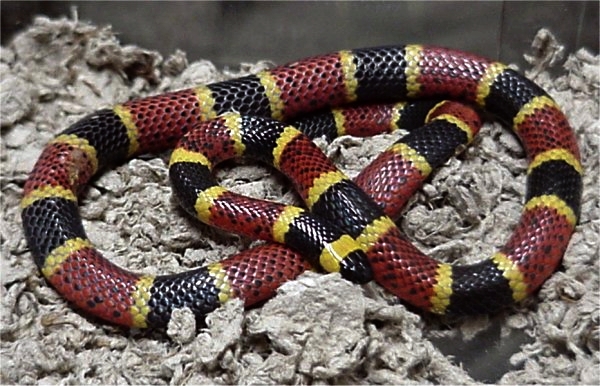
The term
scapular (from Latin scapula, shoulder) as used today refers to two specific, yet related,
Christian Sacramentals, namely the
monastic and
devotional scapulars, although both forms may simply be referred to as "scapular".
The "monastic scapular" appeared first, perhaps as early as the 7th century during the
Order of Saint Benedict.
It is a somewhat large length of cloth suspended both front and back from the shoulders of the wearer, often reaching to the knees. It may vary in shape, color, size and style. Monastic scapulars originated as aprons worn by medieval monks, and were later extended to habits for members of religious organizations, orders or confraternities. Monastic scapulars now form part of the
habit of
monks and
nuns in many
Christian orders. The "devotional scapular" is a much smaller item and evolved from the monastic scapular. These may also be worn by individuals who are not members of a monastic order and the
Roman Catholic Church considers them sacramentals. The devotional scapular typically consists of two small (usually rectangular) pieces of cloth, wood or laminated paper, a few inches in size which may bear religious images or text.

























